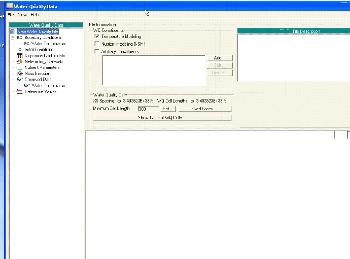

Energy losses are evaluated by friction and contraction / expansion. The basic computational procedure of HEC-RAS for steady flow is based on the solution of the one-dimensional energy equation. It includes numerous data entry capabilities, hydraulic analysis components, data storage and management capabilities, and graphing and reporting capabilities. The Hydrologic Engineering Center (HEC) in Davis, California, developed the River Analysis System (RAS) to aid hydraulic engineers in channel flow analysis and floodplain determination. The program was developed by the United States Army Corps of Engineers in order to manage the rivers, harbors, and other public works under their jurisdiction it has found wide acceptance by many others since its public release in 1995.

The release of Version 5.0 introduced two-dimensional modeling of flow as well as sediment transfer modeling capabilities.
HEC RAS DOWNLOAD FOR MAC UPDATE
Prior to the 2016 update to Version 5.0, the program was one-dimensional, meaning that there is no direct modeling of the hydraulic effect of cross section shape changes, bends, and other two- and three-dimensional aspects of flow. HEC-RAS is a computer program that models the hydraulics of water flow through natural rivers and other channels.


 0 kommentar(er)
0 kommentar(er)
